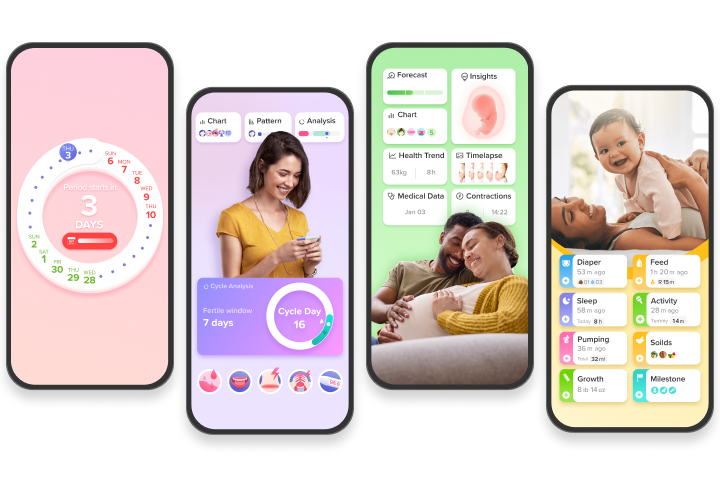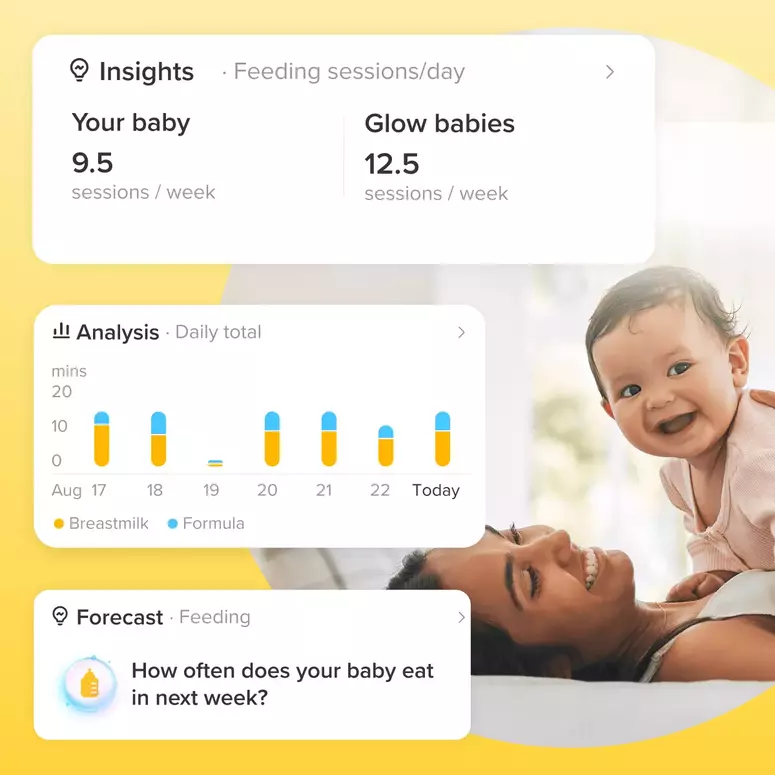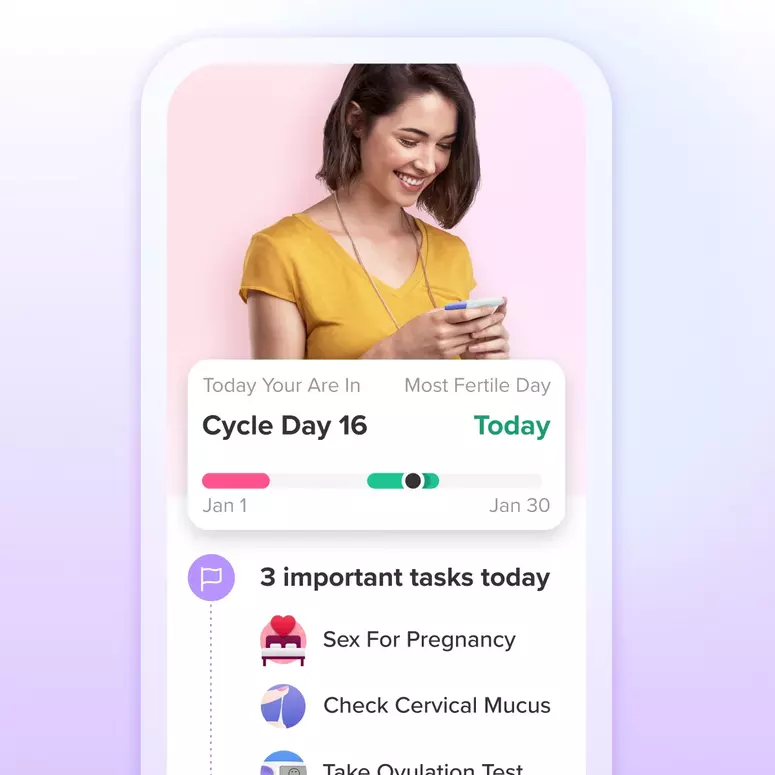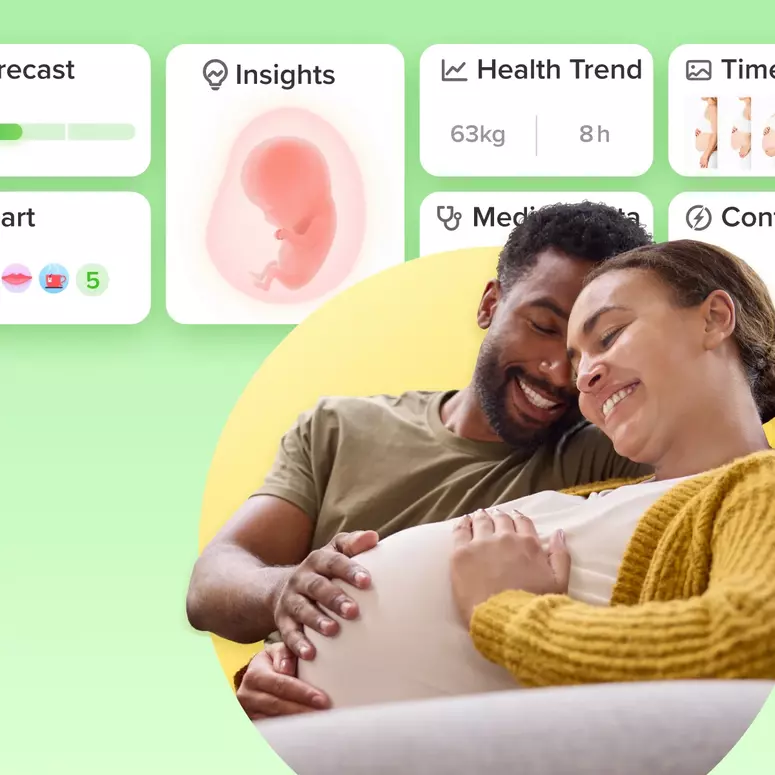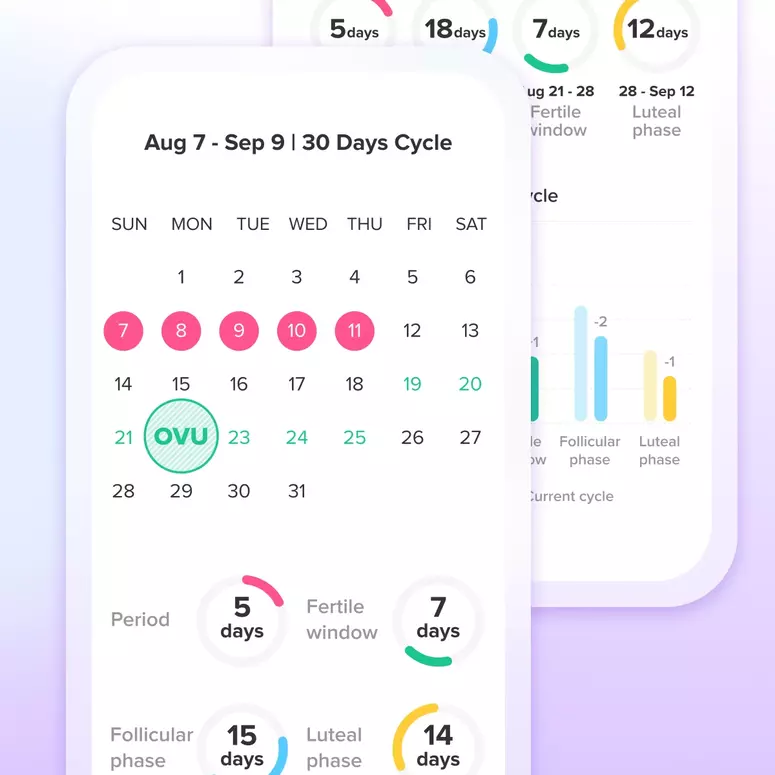This is so insanely cool
I have always been very interested in twins. Way before my nieces were ever conceived. I’ve always wanted to know more about how they form. They are amazing to me.
I have identical twin nieces from my brother. When they were newborns they were easy to tell apart, but as they get older.. well.. last night I baby sat one and called her by her sisters name all night. They are extremely hard to tell a part now and I swear her dad told me which baby I was getting last night when I picked her up and I just called her by that name lol. It never occurred to me that I might be calling her the wrong name. Picture for reference
It is SOO hard now to know by heart who is who unless momma has put their bracelets on them. She is the only one who KNOWS
Did you know that their cells can mutate in the early days making it so their DNA is not exactly identical? There were some major differences in them as newborns, one was blonde and the other had a full head of dark hair. So yes theyre identical twins and very much so look alike but their DNA may not be EXACTLY identical.
I still think it is cool that I have identical twin nieces.
I’m doing some reading right now and what I’m learning about them is extremely cool.
How Monozygotic (Identical) Twins Form
Unlike fraternal twins (which come from the fertilization of two eggs), identical twins are formed when a single zygote splits into two. This natural cloning process will happen at some point in the first ten days after fertilization. The exact moment the embryos split varies, creating different ‘types’ of identical twins.
Monochorionic-Diamniotic (Mono/Di or Mo/Di) Identical Twins
Most commonly, the egg will split around 4-5 days after fertilization. In this scenario, the identical twins have time to form separate sacs but will end up sharing a placenta. These, the most common type of identical twins are called Monochorionic-Diamniotic (mono/di) twins. *these are the type of twins my nieces are. Their mom had an ultrasound every 2 weeks to make sure twin to twin transfusion wasn’t happening*
The Embryo Splitting Process:
After a human egg is fertilized, the zygote ‘collapses’ and expands a number of times as the cells multiply. It’s during one of these ‘collapses’ that the magic moment happens. During a collapse, the cells contained in the embryo divide into two groups, allowing two separate embryos to ‘hatch’ from the protective outer layer of what is now called the blastocyst. These two matching balls of cells keep dividing and multiplying to create two separate, yet identical, babies.
Monochorionic-Monoamniotic (Mono/Mono or Mo/Mo) Twins
1% of the time, the egg splits around day 9-10 after fertilization. This means the babies will share a sac and a placenta. Monochorionic-Monoamniotic twins are sometimes ‘mirror twins‘, causing quirks such as first teeth cropping up on opposite sides of the mouth, and in some cases, even internal organ positions are mirrored.
Interesting, Mono/Mono twins are more likely to be female. The later the zygote splits, the higher chance the babies will be born female.
Yooo
Achieve your health goals from period to parenting.
